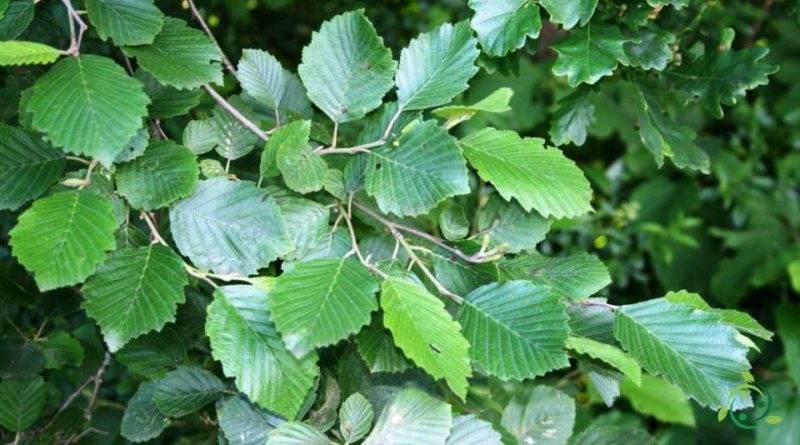Reproduction of the Grey alder
Reproduction of the Grey alder
The gray alder (Alnus incana (L.) Moench) is a deciduous tree of the Betulaceae family native to central and north-eastern Europe.
Suitable breeding habitat –
Alnus incana is a plant native to central and north-eastern Europe and spread throughout much of the northern hemisphere, from the United States to Europe and north-western Asia.
It is present in Italy in the Alps and in the north of the Apennines. Until the end of the twentieth century it was also present along the stretch of the Panaro river plain, in the Po Valley at altitudes below 100 m.
Its habitat in the northern part of its distribution area is that of the woods at sea level, where it is a common plant, in abandoned fields and near rivers and lakes, up to 1200 m of altitude.
In general, it is a common plant along the banks of waterways. In Italy it is found in the Alps up to 1500 meters and in the northern Apennines.
Propagation –
Grey alder is a plant that can be grown as long as there is enough light. From the pedological point of view it grows well even in very poor soils thanks to its very high fertilizing capacity of the soil, obtained in symbiosis with the Frankia bacterium, capable of processing large quantities of nitrogen compounds.
Propagation occurs by seed. The sowing must be carried out in an unheated seedbed as soon as it is ripe and the seed must be covered with a thin layer of earth.
The seeds can also be sown in spring, when it sprouts when the weather warms.
The young seedlings, as soon as they reach the manageable size, should be placed in single pots and transplanted in the open field in the summer. If they have not reached a suitable size, it is advisable to let them grow in the nursery and transplant them the following year.
The seedlings can be planted in open field in autumn / winter.
It can also be propagated through mature wood cuttings, taken as soon as the leaves fall in autumn, outdoors and in sandy soil.
Ecology –
Alnus incana is a light-demanding, fast-growing tree that grows well in poorer soils. In Central Europe, it is a settler of alluvial soils along mountain streams and streams, which are found at altitudes of up to 1,500 meters. However, it does not require moist soil and tends to colonize even shallow scree and stony slopes. In the northern part of its range it is an arboreal species common at sea level in forests, abandoned fields and on the shores of lakes. Several species of moths use this plant as a food source for their caterpillars. In the boreal forest area of Canada, A. incana is often associated with black spruce in the forest type called black spruce spotted alder.
This plant is grown in parks and gardens and is sometimes used for reforestation on infertile soils which it enriches with nitrogen-fixing bacteria in its root nodules.
The alder is an excellent tree for coppice and topping.
The Zuni people use the bark of the subspecies tenuifolia to dye the buckskin a reddish brown.
The Ho-Chunk people eat the bark of the wrinkled subspecies when their stomach is “sour” or upset.

